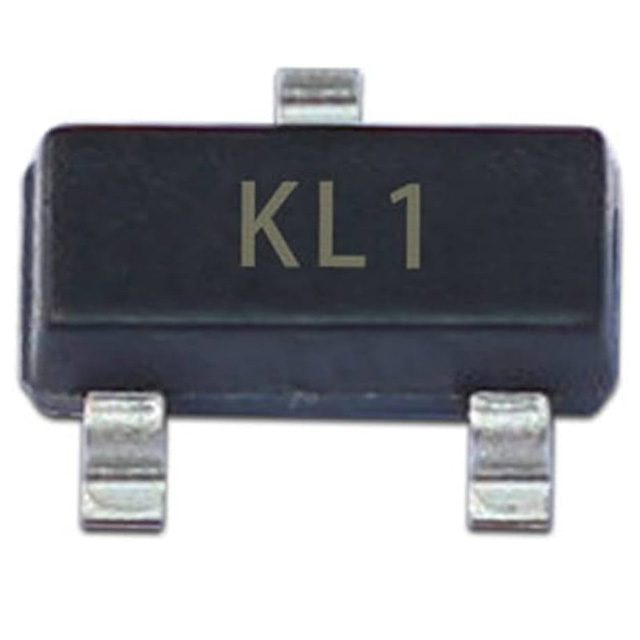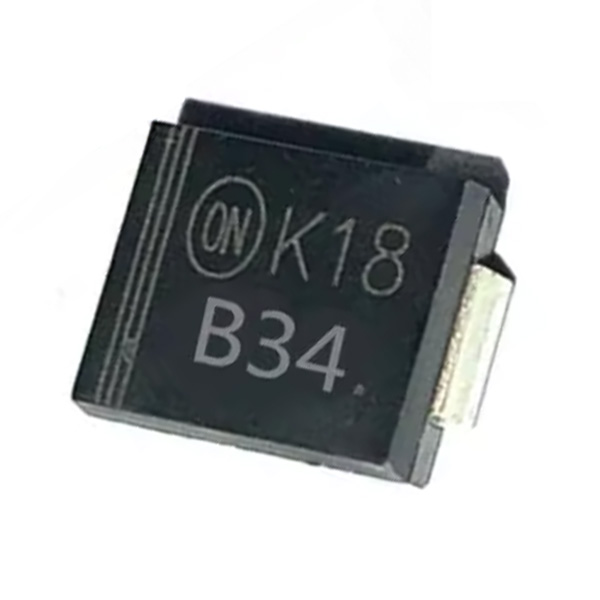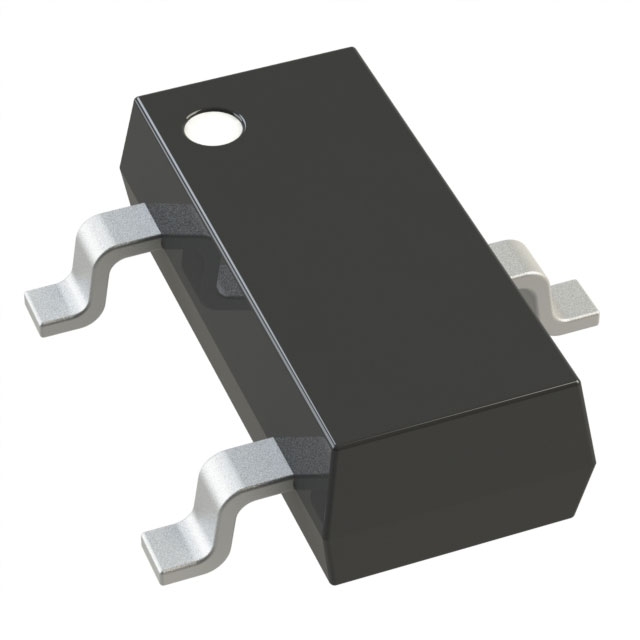SS26 - Datasheet, Price, PDF onsemi
- Voltage-DCReverse(Vr)(Max): 60 V
- Current-AverageRectified(Io): 2A
- Voltage-Forward(Vf)(Max)@If: 700 mV @ 2 A
- Package: DO-214AA, SMB

FREE delivery for orders over HK$250.00

Quick response, quick quotaton

Flash shipment,no worries after sales

Original channel,guarantee of the authentic products
SS26
The SS26 is a Schottky diode designed for high-frequency applications. It has a low forward voltage drop of around 0.45V, making it great for efficient rectification in low-voltage circuits, where every bit of power counts. With its fast switching speed, the SS26 performs well in high-speed circuits like power supplies and RF systems. It’s also highly efficient, minimizing power loss during rectification, which is important in energy-efficient designs. Even with reverse voltage, it has low leakage, ensuring reliability in power conversion systems. Plus, it comes in a SMD package, which makes it easy to use in compact designs and automated PCB assembly. With a maximum reverse voltage of 60V and handling up to 2A of current, it works well in moderate current power rectification applications.
SS26 Pinout and Polarity

| Pin | Function | Description |
|---|---|---|
| 1 | Anode | The positive side of the diode, where the current flows in. |
| 2 | Cathode | The negative side of the diode, typically marked with a band. |
When using the SS26 Schottky diode, polarity is very important for it to work correctly. The anode (Pin 1) is where the current enters, and it should be connected to the positive side of the circuit. The cathode (Pin 2) is marked with a black band or stripe, and this side should be connected to the negative or ground side. If you connect the diode the wrong way, it won’t work properly and could damage the circuit. So, always make sure the anode is connected to the positive voltage and the cathode to the negative. For applications like reverse polarity protection or power rectification, check the polarity carefully to ensure the diode does its job, especially in high-frequency or power-sensitive circuits.
SS26 Equivalent Schottky Diode




| Parameter | SS26 | 1N5822 | BAT54 | MBRS340T3G |
|---|---|---|---|---|
| Forward Voltage Drop (V_f) | 0.45V | 0.45V | 0.35V | 0.4V |
| Reverse Voltage (V_R) | 60V | 40V | 30V | 40V |
| Forward Current (I_f) | 2A | 3A | 0.3A | 3A |
| Package | SMD | SMD | SMD | SMD |
| Max Operating Temperature | 125°C | 150°C | 125°C | 150°C |
When choosing a diode, consider what you need for your application. The 1N5822 can handle more current (3A) than the SS26 (2A), but it has a lower reverse voltage rating (40V), so it’s better for lower-voltage circuits. The BAT54 is great for low-current applications (0.3A) but has a 30V reverse voltage rating, making it suitable for small, low-power circuits. If you need 3A current with a 40V reverse voltage, the MBRS340T3G is a good option, especially for higher temperature environments (up to 150°C). If you’re working with circuits that go above 40V, the SS26 with a 60V reverse voltage is a better choice. For higher-temperature environments, the 1N5822 and MBRS340T3G can handle up to 150°C.
SS26 Bridge Rectifier Circuit Example

In the bridge rectifier circuit, four diodes (D1, D2, D3, and D4) are used to convert AC to DC. By using the SS26 Schottky diode, the efficiency of the circuit is improved, especially in low-voltage and high-frequency applications. During the positive half-cycle of the AC input, D1 and D2 conduct, allowing current to flow through the load resistor RL. During the negative half-cycle, D3 and D4 conduct, ensuring current continues to flow through RL in the same direction, providing stable DC output. The SS26 diode’s low forward voltage drop (0.45V) reduces energy loss, making the circuit more efficient. Its fast switching speed is also beneficial for high-frequency environments. However, to smooth out the pulsating DC output, you’ll need to add a filter capacitor across the load resistor.
SS26 for Reverse Polarity Protection
The SS26 Schottky diode is a great choice for reverse polarity protection in circuits. It helps prevent damage to sensitive components when the power is connected incorrectly. You place the SS26 in series with the power input, and if the polarity is correct, it lets the current pass through. If the polarity is reversed, the diode blocks the current, protecting the circuit. Its low forward voltage drop (around 0.45V) means it won’t waste much power when everything’s connected properly. Plus, it switches quickly, making it perfect for fast circuits. The SS26 is compact, efficient, and easy to use, especially in space-limited designs. It can handle up to 2A of current and can withstand up to 60V reverse voltage. Just make sure your voltage doesn’t exceed that, or the diode could get damaged.
SS26 Flyback Diode Application
The SS26 Schottky diode is commonly used as a flyback diode in switching power supplies, especially in flyback converters. Its main job is to prevent voltage spikes caused by the inductive properties of transformers. When the switch turns off, the magnetic field in the transformer collapses and can generate a high voltage spike. The SS26 provides a path for the current to flow safely, protecting the system. With a low forward voltage drop (0.45V), it minimizes energy loss and ensures better efficiency, particularly in high-frequency applications. Its fast switching ability is key for reacting quickly to transistor switching, and its low reverse leakage current ensures minimal power loss. The compact SMD package makes it easy to integrate into space-constrained designs.












.jpg)
